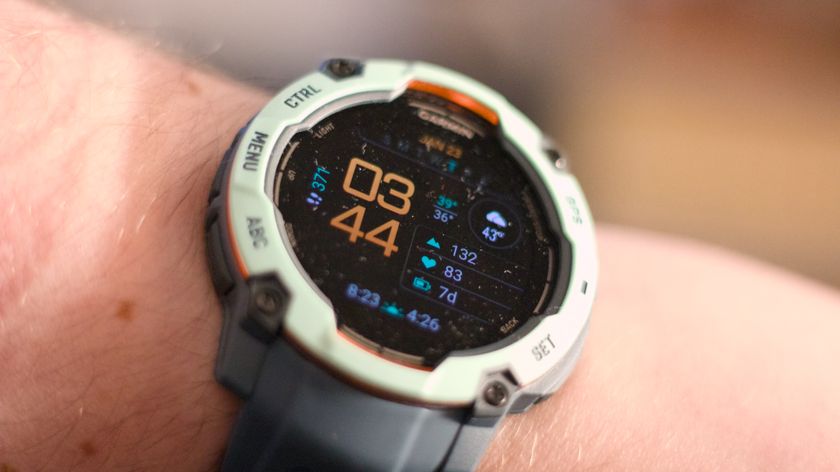GeoCities closes: fond memories of free sites and terrible web design
Web gurus reminisce
But GeoCities was an asset that was only going to devalue. Slashdot's Malda says things went downhill fast. "It didn't take long before this simple change altered the face of the internet. GeoCities gave everyone a place to call home, and then proved that most of us don't really have a lot to say. It didn't take long before Geocities became home to the bottom of the internet. Crackpot theories. Inane ramblings. Worm distribution.
"It was sort of a hyperfast microcosm of the internet. Just a few years from inception to irrelevance. It took a lot longer to really die. And the death throes have been actually quite bad. It's like this big ugly tumour that we just can't seem to cut out. There's good stuff in there. But most of it is really useless or even dangerous." It did, however, continue to attract visitors, a staggering 177 million in 2008.
Shauna Wright says that GeoCities was ruined by abandoned sites. "I think that most people set up a GC page as a novelty and then abandoned it leaving a whole lot of cyber-trash behind. That kind of ruined the overall GeoCities vibe; it wasn't long before you had to muck through a few dozen one-offs to find a page that was regularly maintained and had good, interesting content. Sometimes making a barrier to entry too low has poor results."



ANATOMY OF A LOGO: GeoCities from the start to after it's purchase by Yahoo
"It was the site's limitations in that regard that frustrated me and led me to learn Photoshop and such. So in that regard, I suppose it was a catalyst for a lot of us who'd seen "real" websites and wanted our own sites to look as good."
"The sad truth about home pages, on Geocities or elsewhere, is that they were actually a lot of work to set up and maintain," rues Derek Powazek of Fray.com. "So when blogging started, blogs quickly replaced homepages because they were just a lot less work. Now, with the ascendency of Twitter and Facebook, which require, at most, two brain cells to operate, I fear the death of the truly independent personal site may be at hand. Making something personal, something meaningful, something beautiful, has always been a lot of work. Some things just take time."
Indeed encouraging fabulous site design was not one of GeoCities' strengths. "I think I made my first [GeoCities] site on HotDog (a sort of basic WYSIWYG editor that you can still buy today," continues Lippiett. "I quickly learned to ignore the WYSIWYG and just write directly into the HTML editor - something I still pretty much do today with Dreamweaver. I produced my first site in about March 1997 and I think I gave it a facelift once a year until 2001."
Get daily insight, inspiration and deals in your inbox
Sign up for breaking news, reviews, opinion, top tech deals, and more.
"GeoCities will be forever linked in my mind with gaudy, blinking pages full of sparkly fairies and pictures of trucks," recalls web usability expert Suw Charman-Anderson. "Stylistically, GeoCities had a tendency towards in-yer-face design, and I remember many pages that ended up in the "Top 10 Worst Websites" lists that circulated."
"Sites were often garish, with black backgrounds and coloured text, with animated gifs all over the place, blink tags and rainbow horizontal rules. This design style became so well established, though, that no matter how much it hurts your eyes, its hard not to feel a degree of warmth and nostalgia when you think about it."
Dan (Twitter, Google+) is TechRadar's Former Deputy Editor and is now in charge at our sister site T3.com. Covering all things computing, internet and mobile he's a seasoned regular at major tech shows such as CES, IFA and Mobile World Congress. Dan has also been a tech expert for many outlets including BBC Radio 4, 5Live and the World Service, The Sun and ITV News.













